|
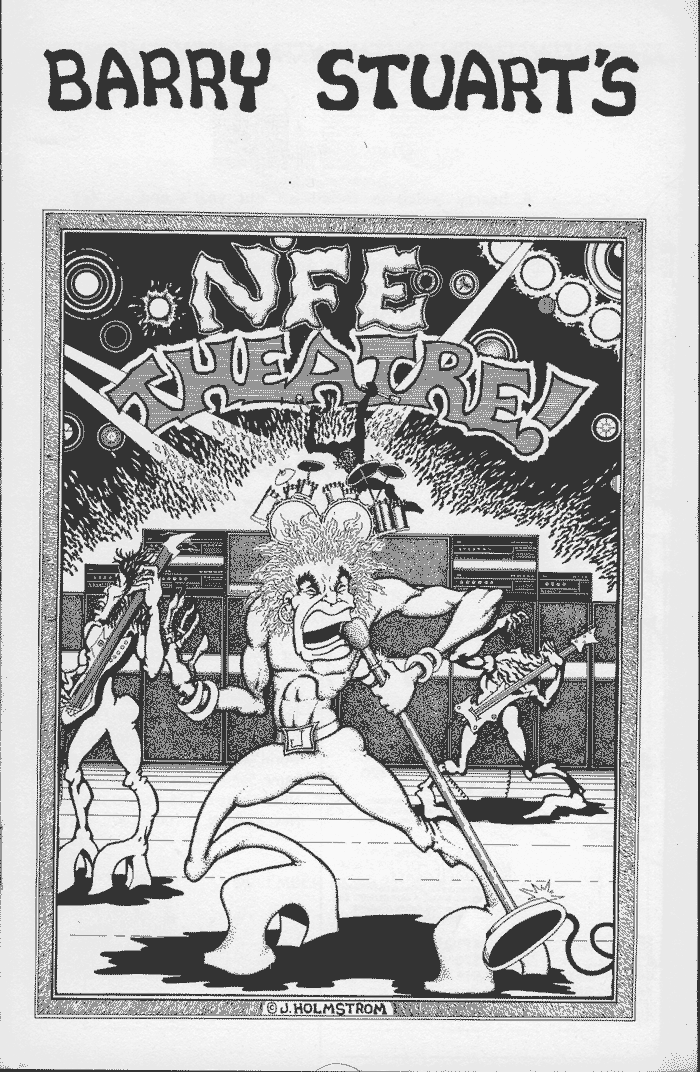
John Holmstrom started his career in 1974, working as an assistant for Will Eisner (The Spirit) and Harvey Kurtzman (MAD magazine). Around the same time
he worked for the New Fillmore East Theater, designing posters and programs, and working with the Pig Light Show. 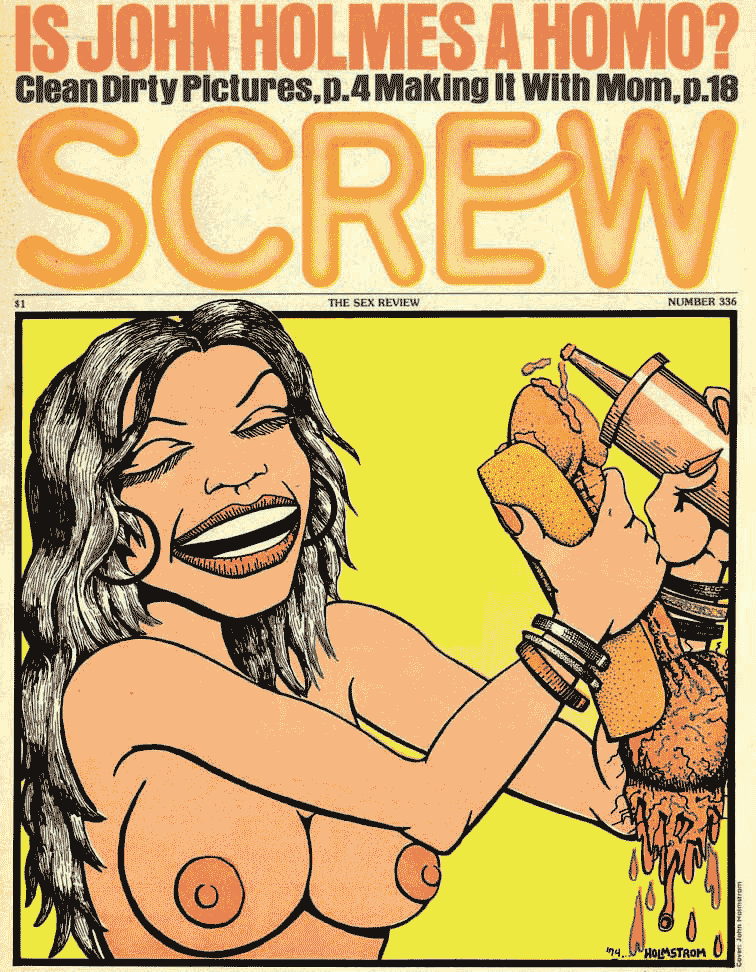
Holmstrom soon started picking up freelance work for Al Goldstein's Screw
magazine and Bananas, published by Scholastic and edited by "Jovial Bob Stine"
(later R. L. Stine, author of the best-selling Goosebumps series). In October
1975, he joined forces with Eddie (aka "Legs") McNeil. They rented a storefront on 10th Avenue and 32nd Street and
put together plans for films, multimedia projects and films. Soon afterwards Ged Dunn Jr., a mutual friend of theirs from
their hometown of Cheshire, CT, joined Eddie and John. While Eddie worked on an educational film (shooting footage of mentally-challenged
kids in Middletown, CT), John put together Punk magazine, which was printed on January
1, 1976. 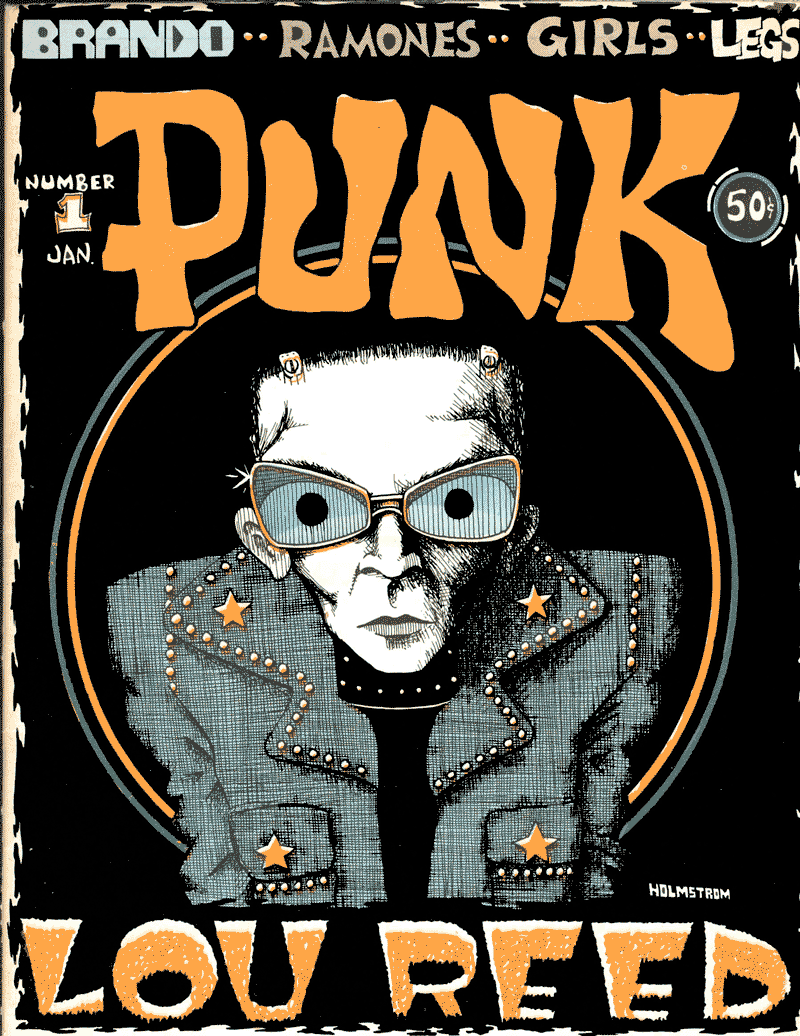
Punk magazine had an immediate cultural impact. Within a few days
it received glowing reviews and helped the Ramones get signed to Sire Records. A few months later, when the Ramones could
not find a suitable image for their first album, a photo taken by Roberta Bayley from a Punk
magazine photo shoot for issue #3 became the band's first record cover. The band also used a photo comic that used pictures
taken by manager Danny Fields and lettering by Holmstrom for the first edition of their first-ever single record: "Blitzkrieg
Bop." Holmstrom later worked with Johnny Ramone to design several images for Rocket
to Russia and Road to Ruin. 
Punk magazine seemed to create one punk rock "success" after another in the late 1970s. When a series of photos of Debbie Harry,
taken by Chris Stein, were featured in a Playboy-style Punk
foldout poster in issue #4, it helped the band get signed to their first record contract with Private Stock. (A New York Rocker
cover story also helped to make Blondie a prominent CBGB band.) Soon afterwards Iggy Pop (who appeared in the same issue--on
the cover of Punk #4), hired Blondie to be the opening act for his first solo tour.
There are many more stories like this to be told about the history of Punk magazine,
hopefully we will have the opportunity to say more in the future. 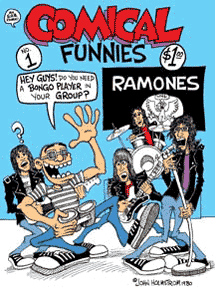
Punk folded in 1979, due to a number of personal, cultural and
financial disasters. Not long afterwards, Holmstrom started the comics 'zine Comical
Funnies with Peter Bagge, which published work by Drew Friedman, Ken Weiner, Bruce Carleton, J. D. King and many other
great cartoonists. After three issues Holmstrom and Bagge had a few "creative differences": Bagge wanted to publish
a comic book, to showcase his cartoon work, while Holmstrom wanted to run more magazine-style stories to attract advertisers,
who were lining up to support the publication. Bagge went on to publish a comic book with Ken Weiner (The Wacky World of Peter Bagge) and was discovered by R. Crumb, while Holmstrom teamed up with J.D. King to
publish Stop! magazine, a freebie 'zine that was critically appreciated but less
than successful commercially. 
Meanwhile Holmstrom continued to get his freelance work published in many national magazines, such as Heavy Metal, Video Games, Maniac,
and many others. Often, his pet project Bosko would appear, but the strips were so offensive and obnoxious that every business
that employed him kicked him out before long... A rock club that employed him as their mascot, and spent months on pre-publicity
and promotion, opened and closed on the same night. Bosko appeared on the cover of the Village
Voice but Holmstrom was never seen in their pages ever again. High Times magazine
dropped the Bosko strip after several months when one particularly offensive strip appeared. Thus Holmstrom came up with his
slogan for Bosko: "America's Least Favorite Cartoon Character.
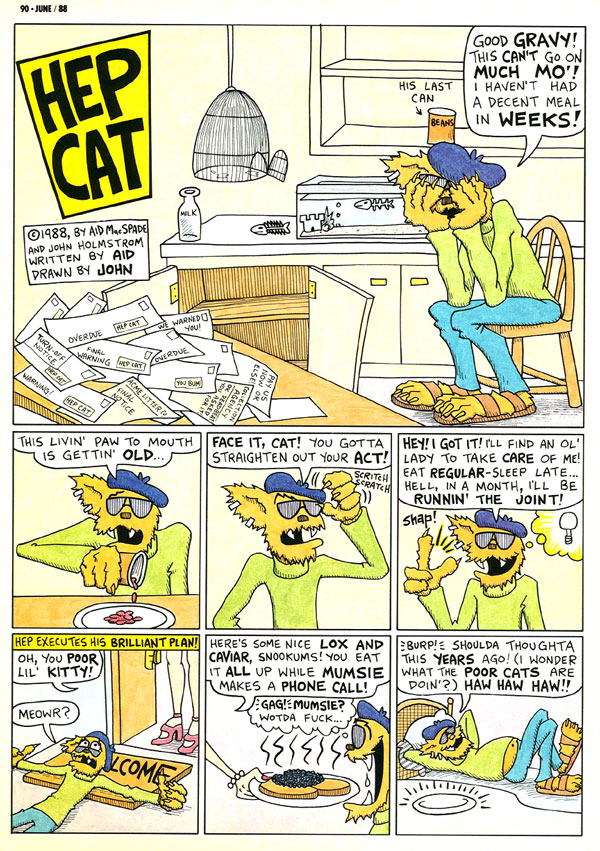 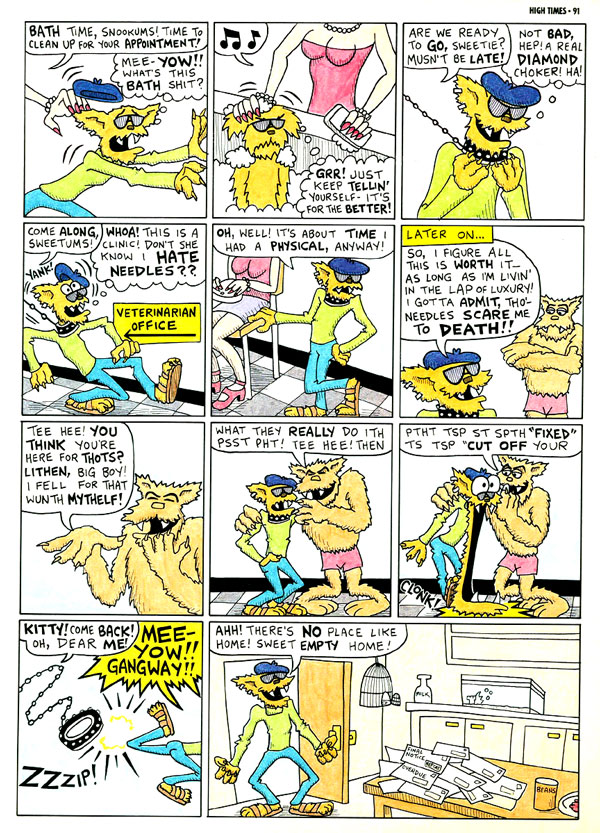
Ironically, Holmstrom ended up working at High Times on a full-time basis
in 1987, after producing their popular Pot 40 page and the super-successful Hep Cat comic strip with Aid MacSpade. After that, he served as Managing Editor, was promoted
to Executive Editor, then promoted to Publisher, and made President. Not bad for a cartoonist whose Bosko comic strips had
been unceremoniously kicked out of the mag a few years before. Holmstrom stepped down from his corporate position in Trans-High
Corp. to work on launching the High Times Website in 1996. Controversy followed when
the New York Times ran a front page article claiming that the comic strips on the
HT Website were corrupting the nation's youth. 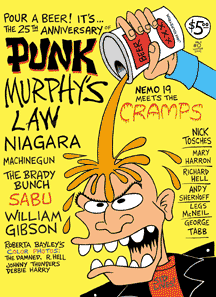
Holmstrom left High Times in 2000 to try to relaunch Punk magazine. A special issue, Punk #0, was published in 2001, 25
years to the day after Punk #1 came out. A huge art show was held at the CBGB
Gallery and a special night of bands (including The Dictators, The Bullys, Niagara, Thor, Alternative TV, The Kowalskis, Charm
School, Meat Depressed, Furious George, Napalm Stars and others) appeared at CBGBs main club on January 10, 2001. The night
was a huge success and Punk #0 sold out across the country. However, before the funds could be raised for the magazine's
relaunch, the attacks on 9/11 threw the country's economy into a tailspin. Although more issues were published the combination
of the Internet and the bad economy forced the ownership of Punk Magazine, Inc. to pursue new directions. Part of this
new direction is this Website. John Holmstrom is pursuing some new projects (which we hope to keep everyone updated on) and
Punk magazine will be doing some new stuff as well. So stay tuned for more!
John Holmstrom has done and continues to produce artwork for independent punk rock bands and books. As always, he chooses
to work in the underground--not alternative, not the mainstream. 
JohnHolmstrom.com
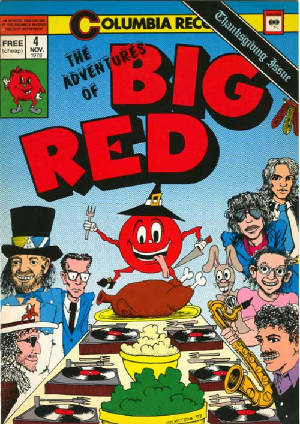 Here's a drawing I did for a CBS Records publicity freebie back in the late 1970s. You can see Bob Dylan, Elvis
Costello, Willie Nelson, Steve Tyler, Carlos Santana and a couple of people I don't recognize anymore. I was doing a lot
of stuff for record companies when PUNK was being published.
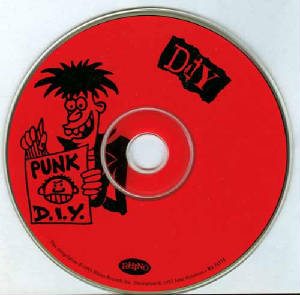
|
| A cartoon used for the NYC Punk CD in the Rhino DIY series. |
Bosko's debut in his own comic book! As usual it was a commercial failure but a critical success.
|

